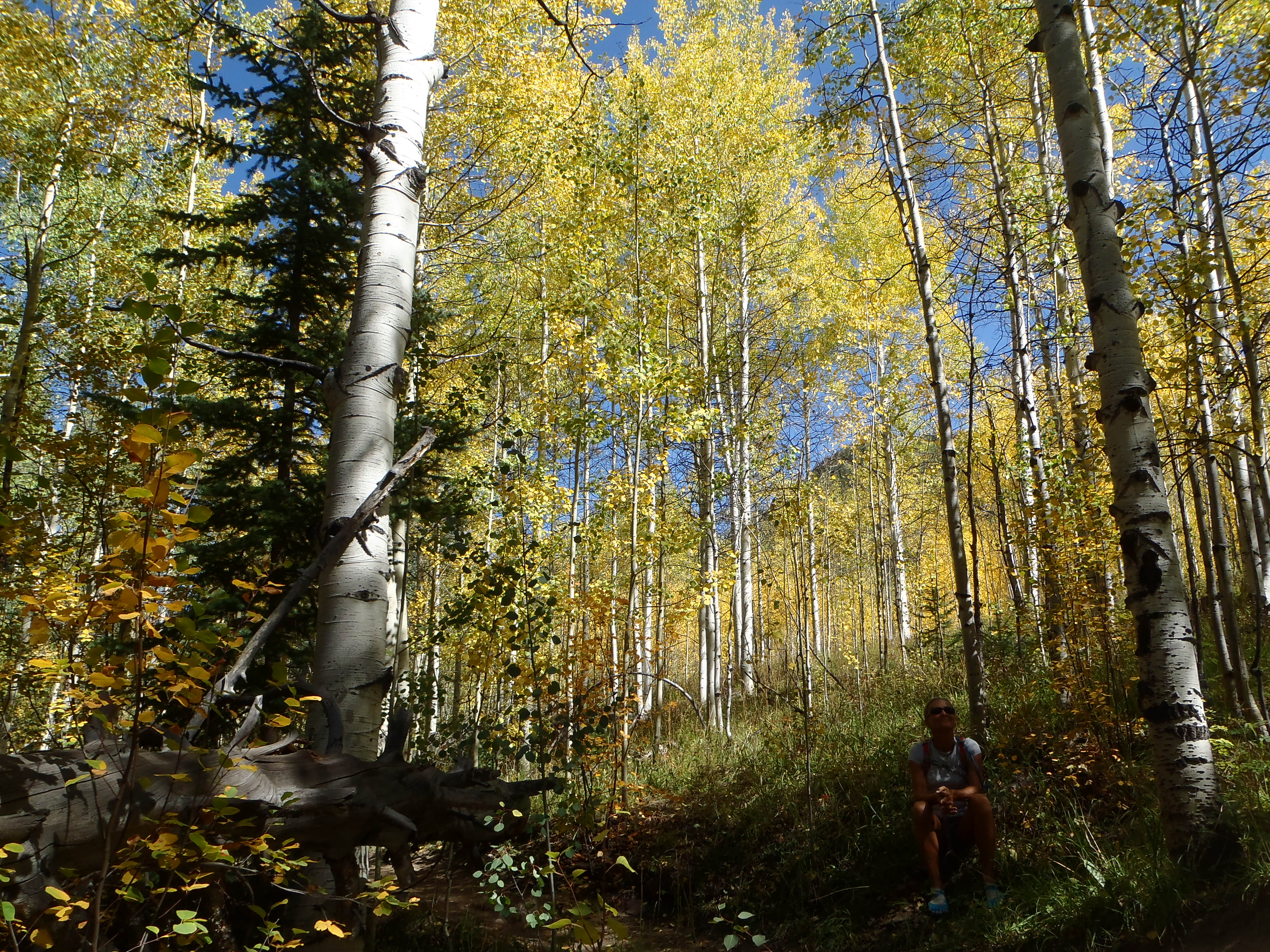Breath is the fuel of life.
The oxygen that enters the lungs nourishes the Sympathetic system of the body which controls involuntary processes like respiration, circulation and digestion. This network is composed of a chain of ganglia located on the outside of the spinal canal as well as delicate nerve fibers that connect them throughout the body. The exchange of oxygen and carbon dioxide ensures the functioning of the system, nourishing and purifying the body.
Breath is also the main conduit of Prana, Chi, Vital Force, the stimulating energy of the Parasympathetic system. This complex which directs volition and sensation is composed of the brain, the spinal cord and the nerves that run from it like wires carrying electric impulses to all parts of the body. Prana fuels the nerve connections and synapses creating vitality. Without it there is no life.
Its excess is stored in the solar plexus. From here energy can radiate to all areas of the body sending strength and stamina by means of the nerves. It is the core center. Nowadays the solar plexus is recognized as an “abdominal brain” for it is made up of grey and white brain matter. It is located at the back of the “pit of the stomach” and is the great central storehouse of Prana. A severe blow to this region can instantly kill. It is also the seat of our gut feeling.
Proper breathing is done through the nose. Here there is an intricate system of filters which purify the breath before it enters the lungs. The fine hairs inside the nostrils trap dust and other foreign particles which upon exhale are expelled with the breath. The nostrils also warm the air inhaled so that it does not damage the delicate lining of the lungs.
Yogic Complete Breath is the guiding breath of asana practice. In Patanjali’s Yoga Sutras of which there are 900 or so, there are only three references to postures. One of them specifically addresses the importance of breath when moving into a pose.
The Complete Breath begins in the abdominal area when the diaphragm contracts gently massaging the liver, stomach and other organs while expanding the abdominal cavity and allowing the larger bottom part of the lungs to fill up. It then travels up into the middle chest aided by the intercostal muscles, moving into the upper chest under the collarbones. After a short and natural pause it empties from the top to the bottom. When the air is completely exhaled, the chest and the abdomen relax and the diaphragm naturally contracts once again. It is a steady, continuous flow of breath that expands the chest cavity in all directions, activating all parts of the respiratory system. With practice it becomes automatic, one breath succeeding another in perfect rhythm, yet effortless.
Awareness of breath is the path to stillness. Pranayama, or breath control, is one of the eight limbs of yoga. It leads to concentration, meditation and ultimately Samadhi, that state of pure consciousness also known as enlightenment.
While without breath there is no life, correct breathing is essential for continued vitality and freedom from disease.
In The Science of Breath Swami Rama and two noted American physicians explore the science of breath as the missing key to both physical health and the attainment of higher states of consciousness.
http://holybooks.lichtenbergpress.netdna-cdn.com/wp-content/uploads/The-Science-of-Breath.pdf?3d3550
